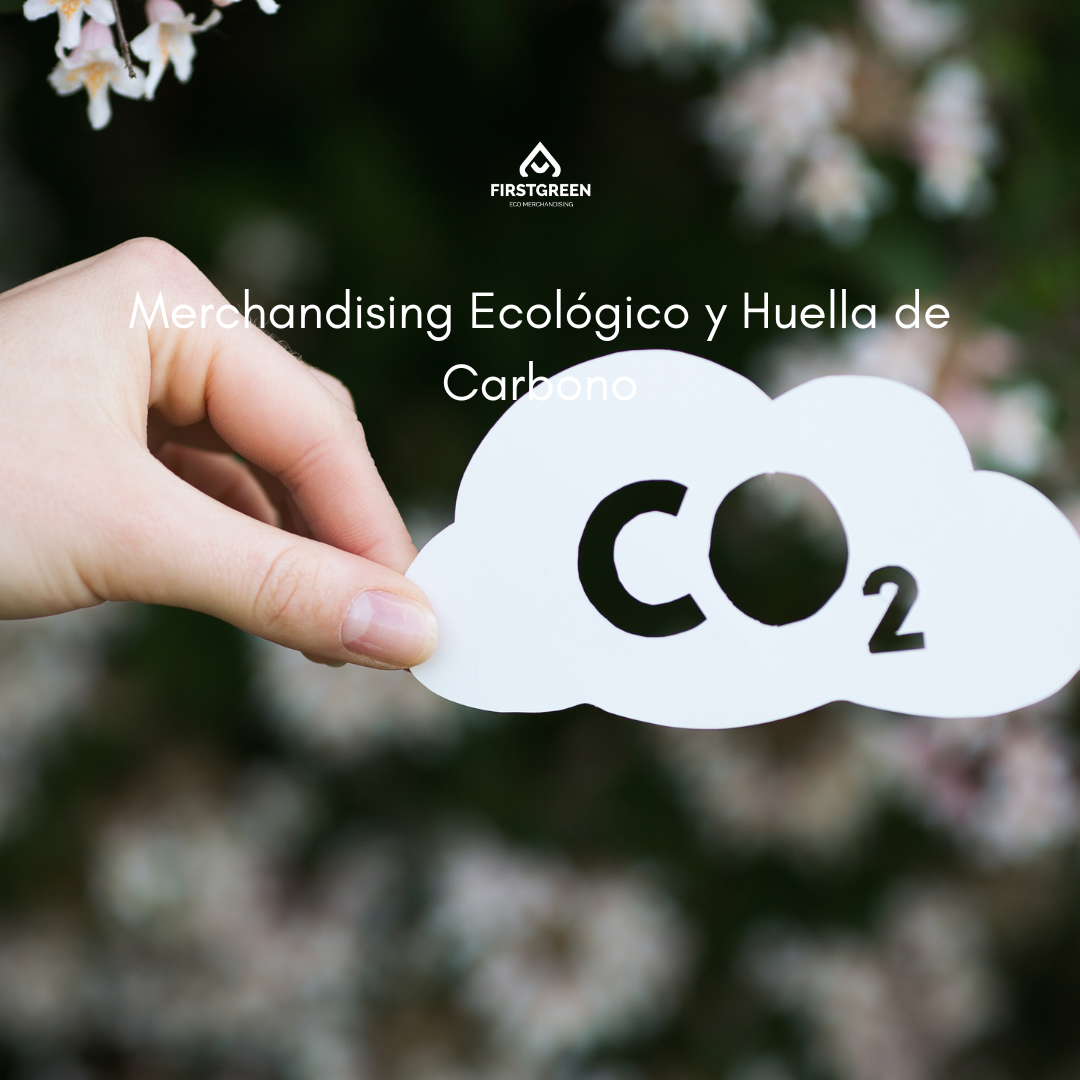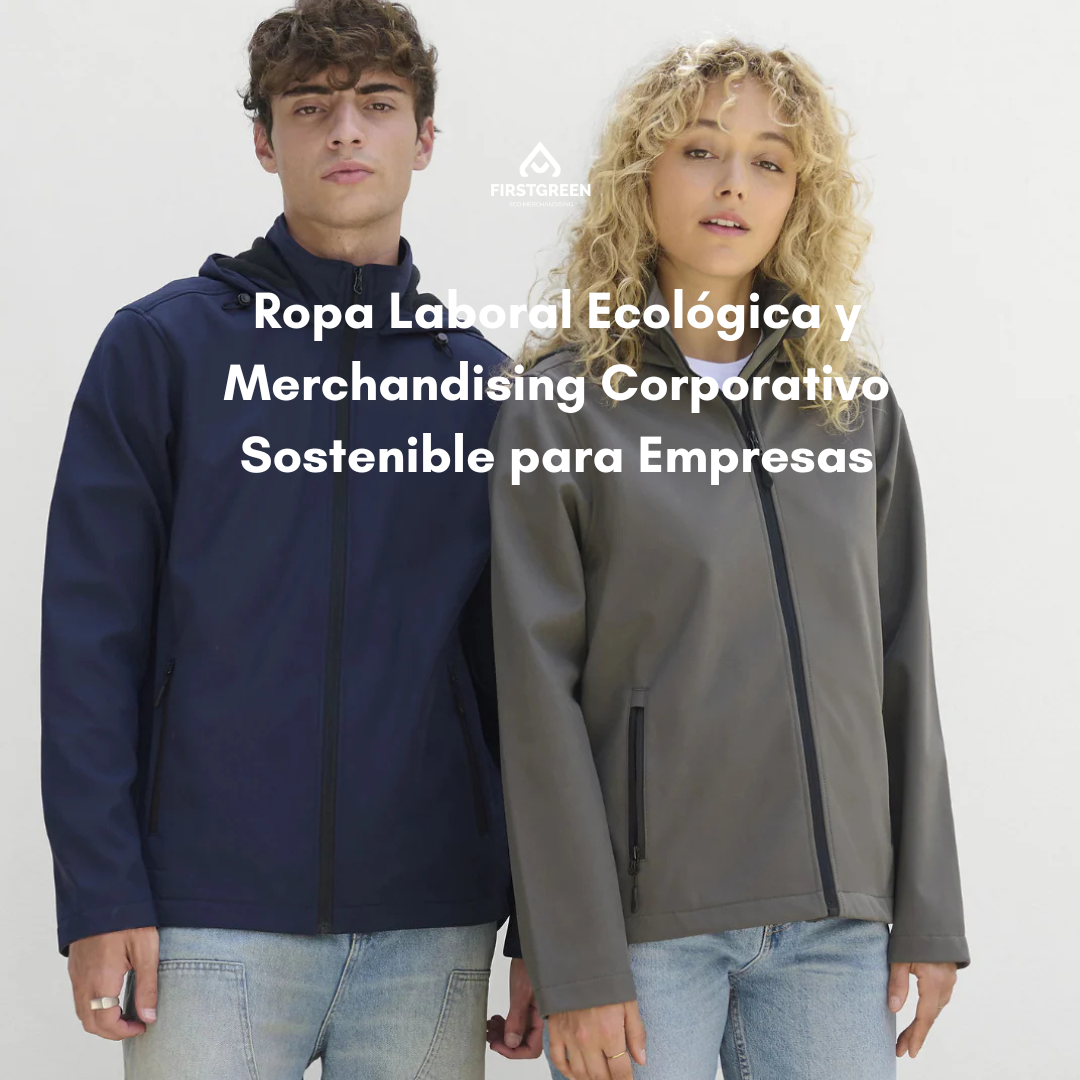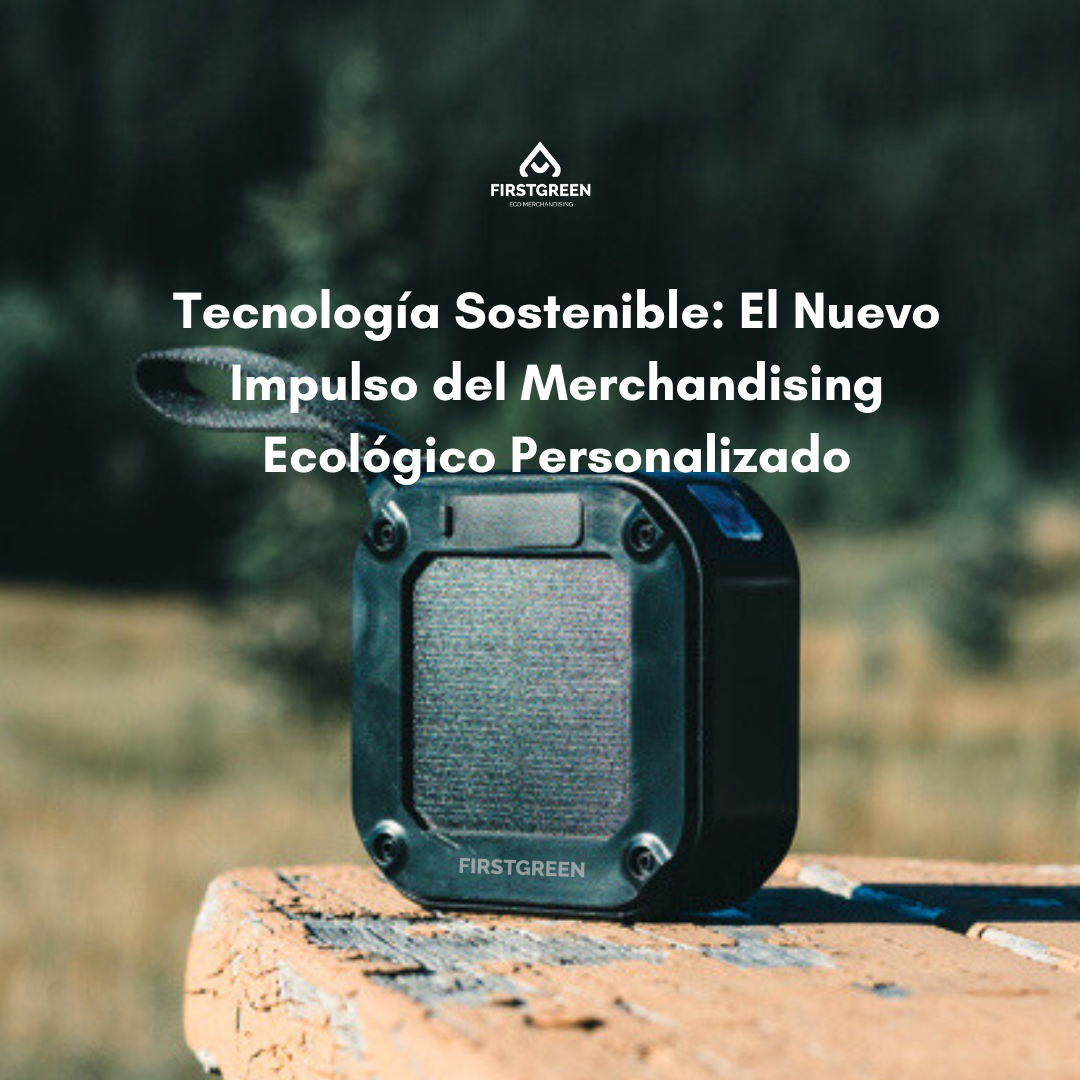Eco-friendly merchandising cannot be understood without understanding why it is so important nowadays to use all the carbon footprint reduction strategies, and that is why in this article we will talk about the relationship between both and the importance of choosing sustainable merchandising as a carbon footprint offset.
The carbon footprint is the indicator used to measure the environmental impact of a product throughout its life cycle, from the extraction of raw materials to the end of its useful life. The accelerated climate change that affects us today forces us to understand and try to reduce the carbon footprint to slow down its effects on the planet and promote sustainable practices in production and consumption.
What is the Carbon Footprint?
The carbon footprint refers to the total amount of greenhouse gases (GHG), measured in kg of carbon dioxide equivalent (CO2-eq.), emitted directly by a product. This carbon footprint calculation includes emissions from the raw material extraction phase, through manufacturing, distribution, use, and finally, disposal of the product at the end of its useful life. This measure allows the various GHG emissions to be standardized into a single unit that makes them easier to understand and compare.
What are Greenhouse Gas Emissions (GHG) Generated by a Product?
Greenhouse gas emissions (also known as carbon emissions) refer to the release of gases that contribute to the greenhouse effect in the atmosphere. These emissions can be produced by various human activities such as the burning of fossil fuels, agriculture, deforestation and industrial production. In the context of products, these emissions can be generated at various stages of the product's life cycle. Life cycle analysis (LCA) includes phases such as:
1.- Extraction of raw materials: Emissions from mining, logging or any process of obtaining natural materials.
2.- Production: Emissions resulting from the manufacture of the product including the energy consumed and the by-products of the industrial process.
3.- Transport and distribution: Emissions generated by the transfer of materials and finished products through various modes of transport.
4.- Use: Emissions related to energy consumption during the useful life of the product.
5.- End of life : Emissions arising from the recycling, incineration or landfill disposal process.
Relationship between Carbon Footprint and Greenhouse Gas Emissions (GHG)
1.- Composition: The carbon footprint includes all relevant GHG emissions, not just CO2, the other greenhouse gases are converted to CO2 equivalents, using equivalence factors based on their global equivalence potential (GWP).
2.- Purpose: Carbon footprint calculation is a tool to quantify and communicate the total impact of GHG emissions from an entity, activity or product. It is useful for assessing sustainability and making decisions to reduce environmental impact.
3.- Scope: While GHG emissions can refer to specific emissions (e.g. methane emissions from a farm), the carbon footprint provides a comprehensive view of the total impact of all GHG emissions.
Comparison between Traditional Merchandising and Ecological Merchandising: How to Reduce the Carbon Footprint.
Eco-merchandising and its carbon footprint is the result of a constant search for emissions reduction through better carbon management. Traditional merchandising and eco-merchandising differ substantially in their environmental impact and ecological footprint.
Conventional Merchandising
1.- Materials: Among the raw materials they use are non-sustainable materials such as plastics and synthetic textiles, whose production and disposal generate high GHG emissions:
2.- Production: Mass manufacturing and the use of less efficient technologies contribute to a greater environmental impact.
3.- Distribution: The transportation of products from factories located in different parts of the world increases CO2 emissions.
Benefits of Eco-Merchandising for the Carbon Footprint
Low carbon footprint merchandising products are the result of innovations in carbon reduction strategies implemented to achieve sustainable carbon.
1.- Sustainable Materials. Biodegradable merchandising uses recycled, biodegradable or sustainably sourced materials, reducing emissions from the extraction phase. Eco-friendly, recyclable and recycled materials that avoid waste in landfills and its subsequent burning, such as glass, aluminium or rpet. Sustainable materials are also all those materials from renewable natural resources that are easy and clean to extract and biodegradable at the end of their useful life, whose cultivation allows, in addition to providing materials for industrial production, reforestation and enrichment of the land, such as green merchandising products from renewable forests, from which wood, bamboo or hemp are extracted, for example.
Ecological Bamboo Folding Tray to Customize Special Hospitality Markesa and GREEN_Label A rating.
2.- Reduction of Emissions through Efficient Production: Recycled merchandising adopts cleaner and more efficient production processes, minimising waste and optimising energy efficiency. Recycling products protects and conserves non-renewable natural resources by reducing demand for them, saves energy in the production process (for example, in the case of recycled aluminium , the amount of energy and its consequent emissions of polluting gases is 75% lower than primary aluminium) and prevents them from ending up in polluting landfills.
Eco-friendly Recycled Aluminum Ballpoint Pen with RCS Certification in Wide Range of Colors to Personalize Amisk and GREEN-label A rating.
3.- Ethical Merchandising with Local Distribution: Prefers local production and distribution, reducing the carbon footprint associated with transport. Promotional products made from seeds made in Europe are proof of the commitment to personalised organic merchandising put at the service of corporate responsibility. Corporate gifts for companies made in Europe, in addition to being local, include quality brands with sustainability and recycling certifications that end up replanting forests and land at the end of their useful life. Compostable merchandising includes notebooks for training and events with seed paper, honey in personalisable glass jars, or wooden promotional products to personalise, widely used in catering events, promotional objects for hospitality or more familiar events such as weddings, baptisms and communions.
Large Eco-Friendly Wooden Cutting Board to Personalise Made in Europe Special for Hospitality Ellwood and GREEN-label rating . A.
4.- Sustainable packaging: also known as green packaging, its purpose is to use sustainable materials that are biodegradable (that decompose without leaving residues, such as paper, cardboard, and certain bioplastics), recycled and recyclable (they come from recycled resources, such as rpet, glass and metal), and compostable (materials that can be converted into compost, providing nutrients to the soil without leaving polluting residues).
Reusable merchandising with eco-friendly packaging such as reusable advertising bags made of paper and cardboard, glass bottles, compostable bioplastic containers, cardboard boxes or beeswax wrappers, reduce material and come from renewable sources, which in their production optimize the water and energy used to reduce greenhouse gas emissions, and the design of sustainable packaging allows them to be reused many times and easy to store in storage and transport, thus reducing the space and resources needed.
In the field of eco-friendly packaging, we find maximum efficiency in eco- friendly welcome kits for companies. Gathering promotional products in welcome packs to reduce the number of packages to one, in the best possible presentation.
Welcome Pack of 5 Sustainable Pieces with ECO Badge to Personalize Special Events and Companies FG5 and GREEN-Label rating . B.
In conclusion, we can say that in order to act, it is necessary to know and understand what the carbon footprint means for the planet. Greenhouse gas emissions that cause global warming can be reduced if we all become environmentally conscious and act through sustainable lifestyle habits. Opting for ecological merchandising is part of this circular economy that can help significantly reduce GHG emissions, supporting a more sustainable future.







